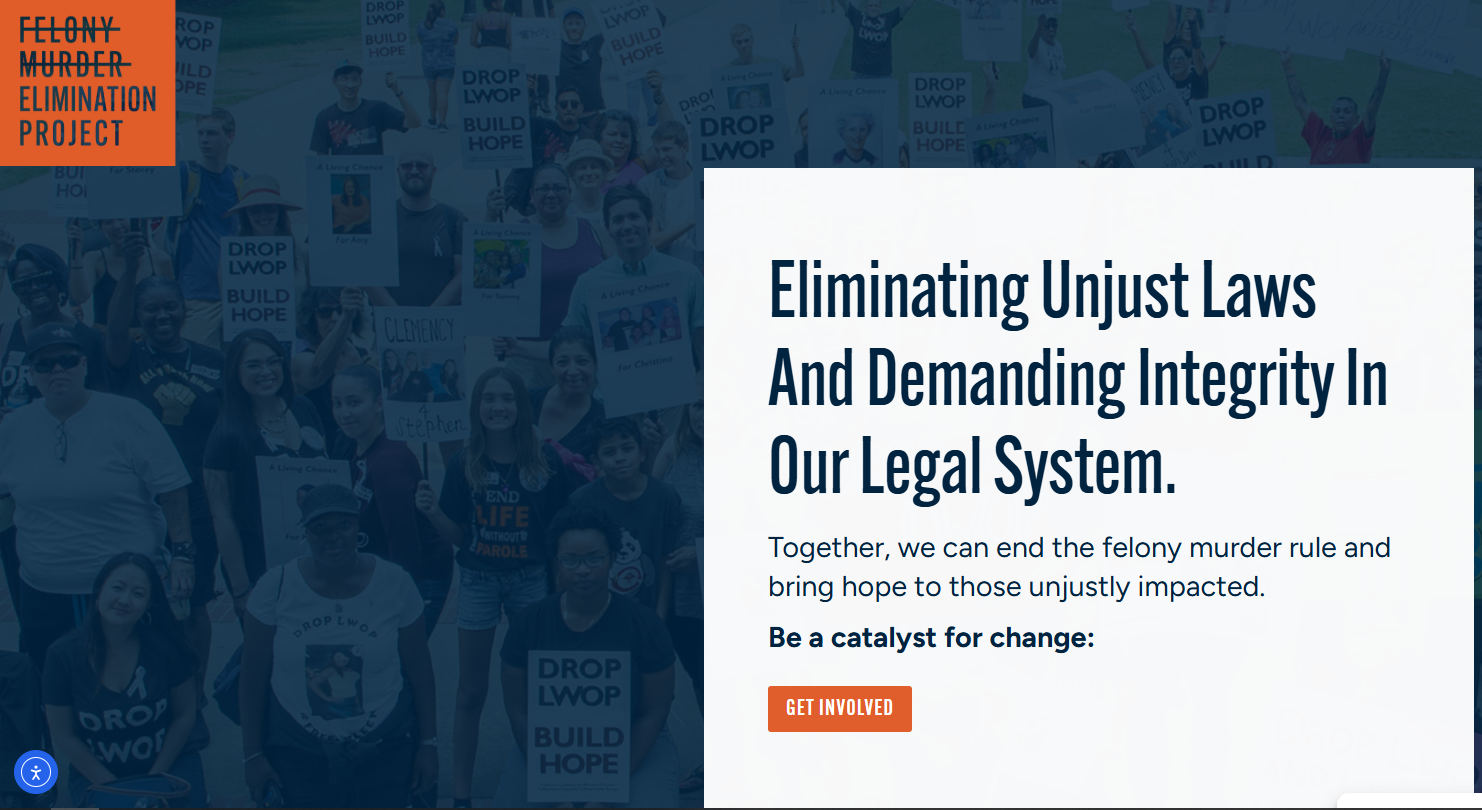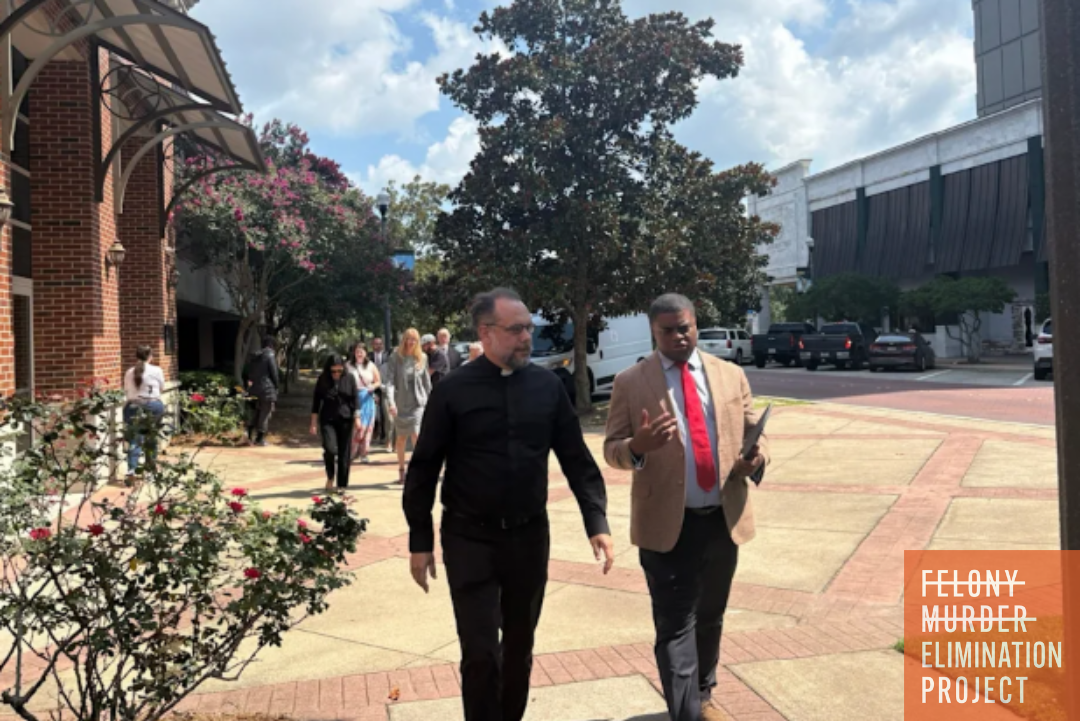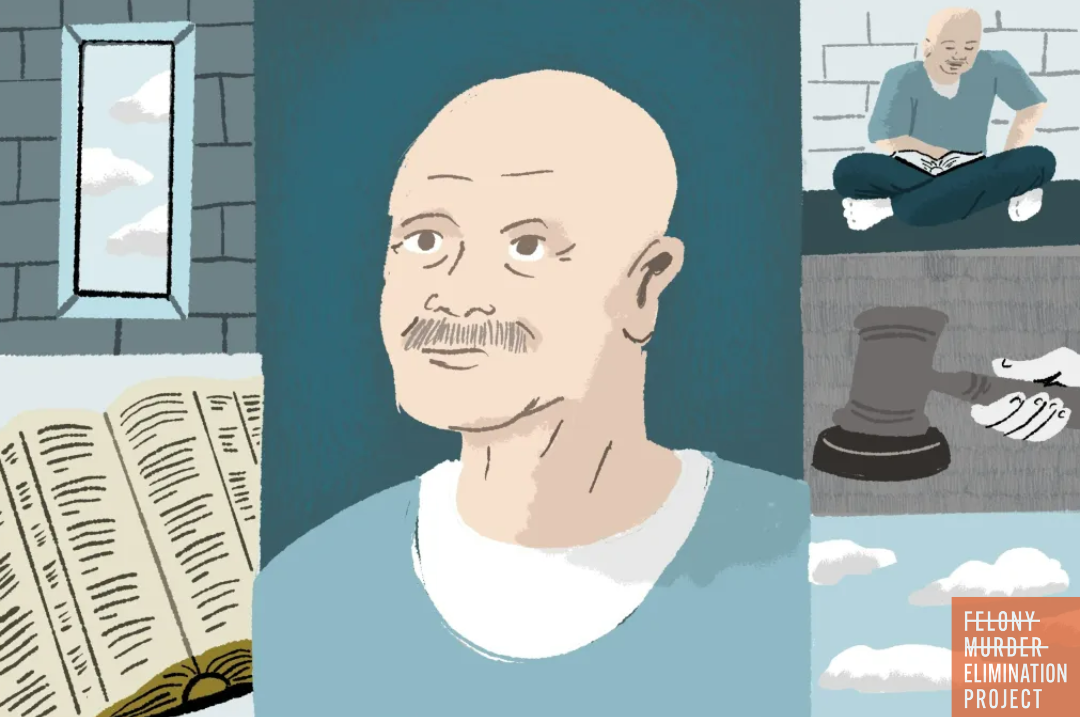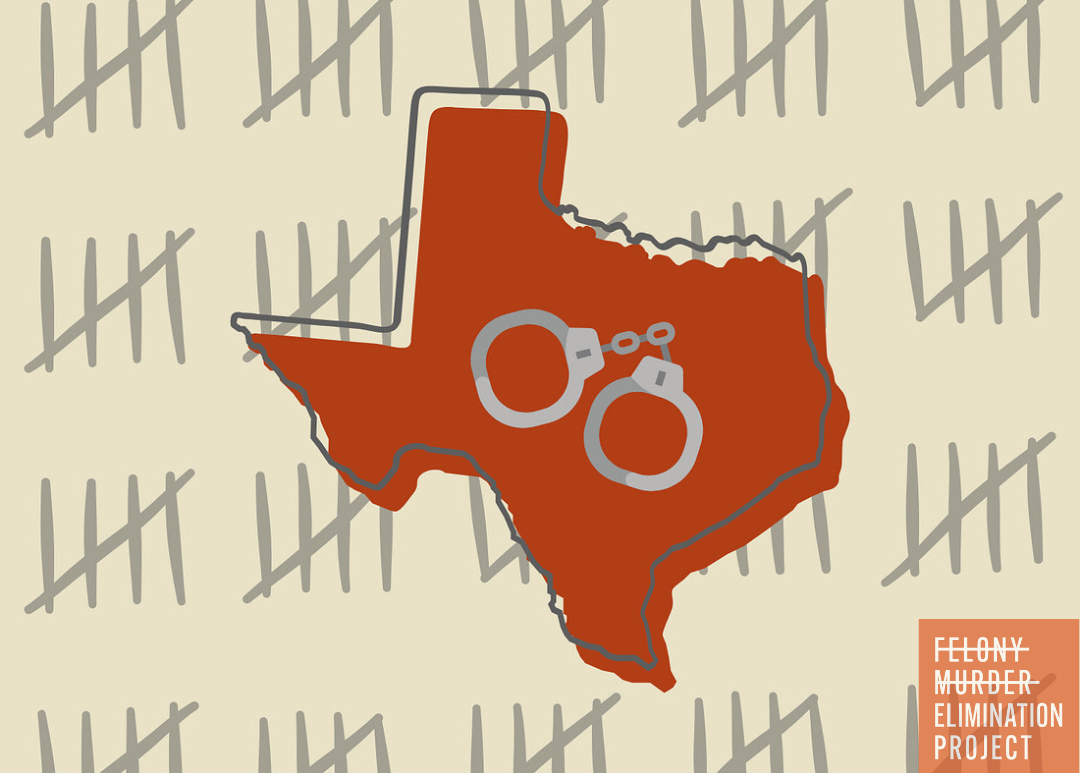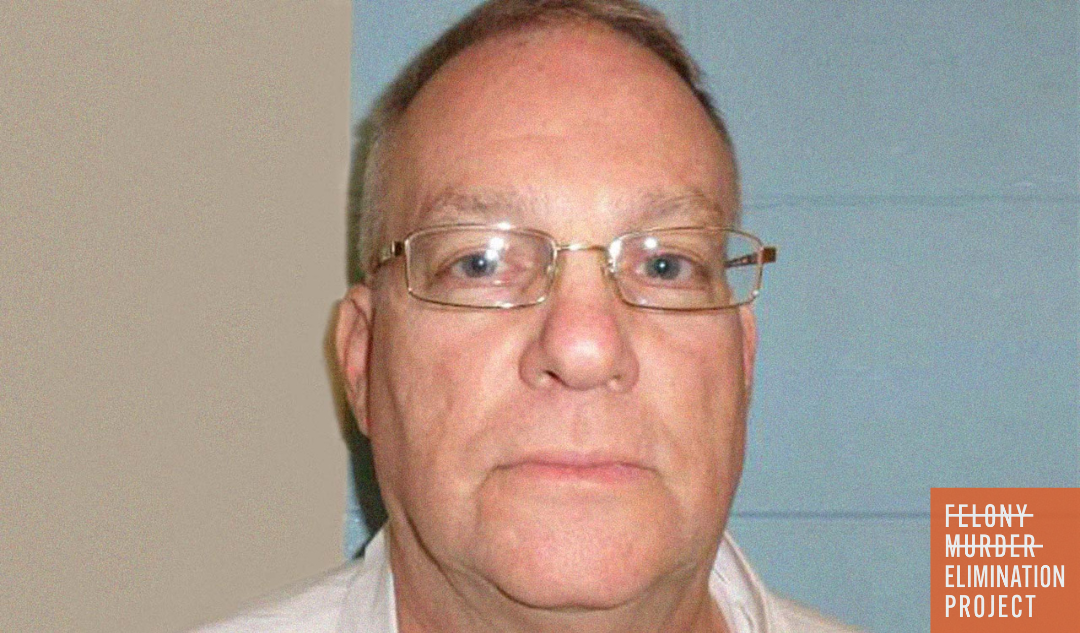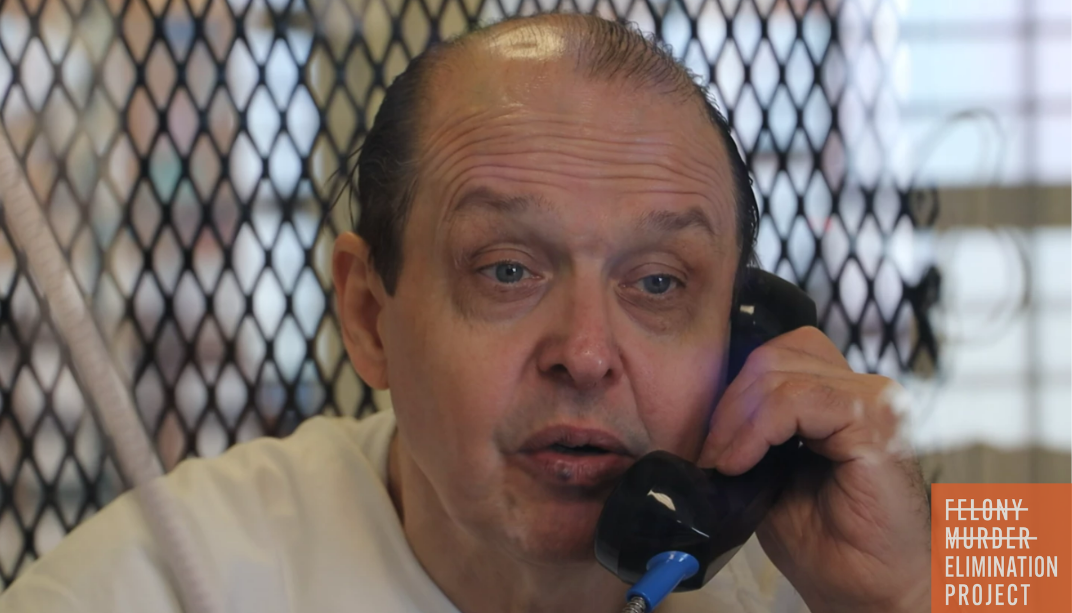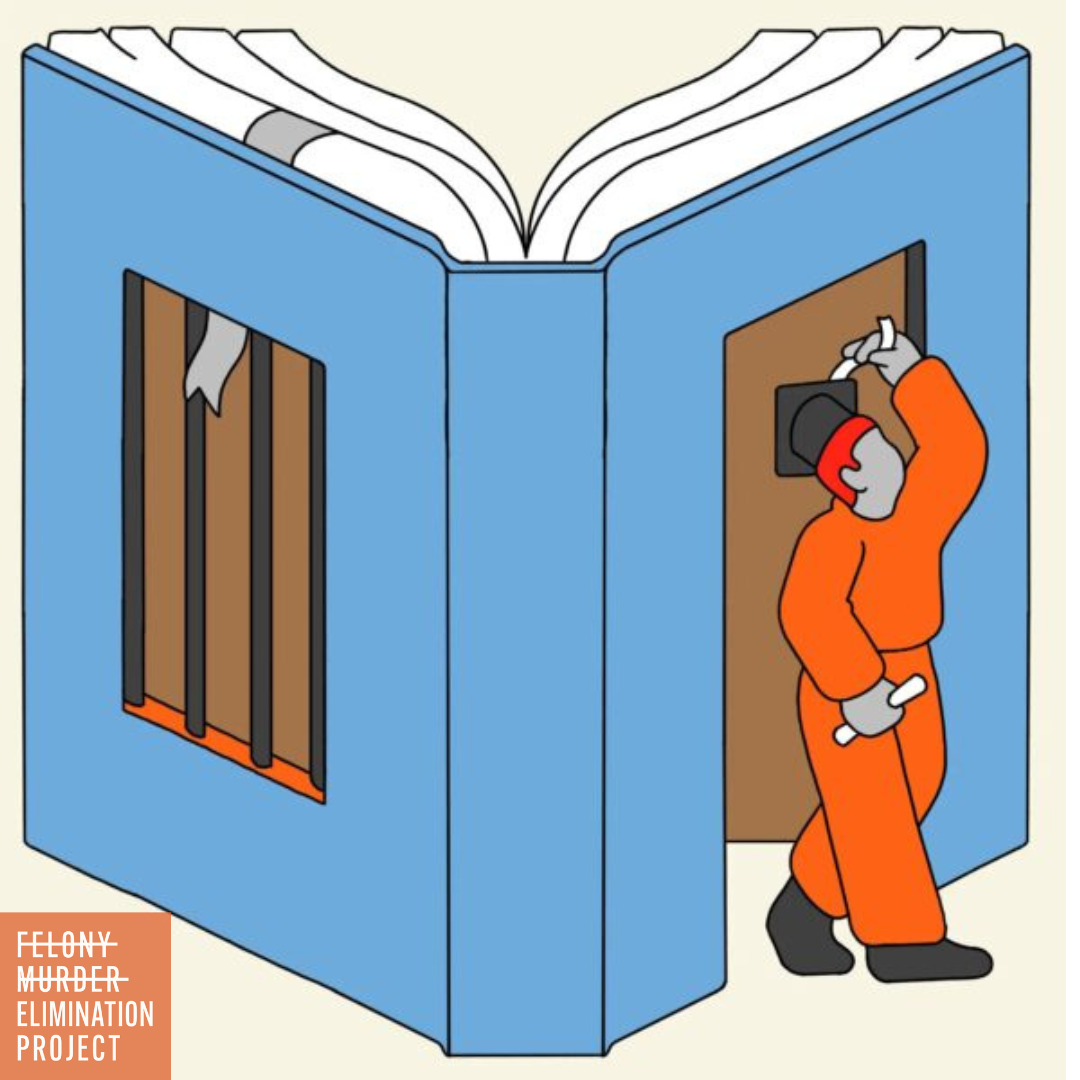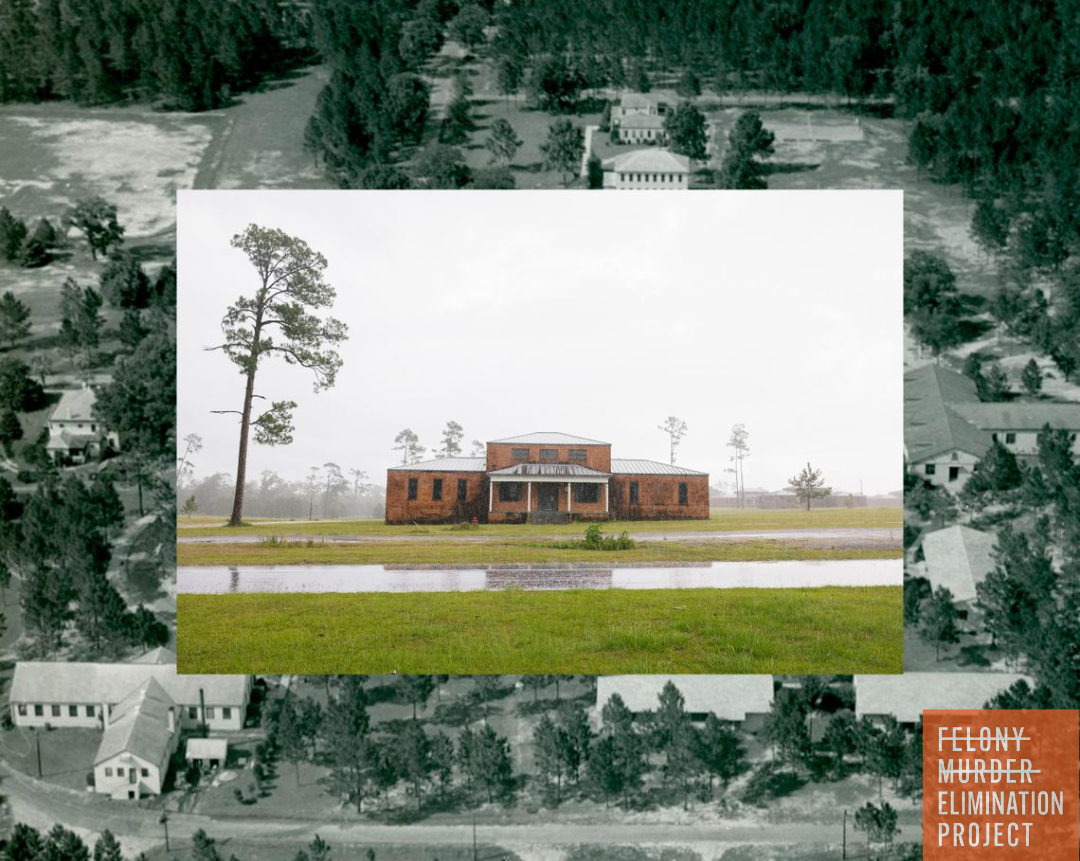Prison Closures Don't Have to Hurt Economies of Rural Areas

The US prison population experienced unprecedented growth from the late 1970s into the new century during the era of mass incarceration. That growth resulted in late and federal governments opening correctional facilities in hundreds of communities across the US.
After nearly 40 years of growth, however, the boom is over. The incarcerated population has declined 25 percent from a peak of over 1.6 million in 2009 to 1.2 million in 2020. Amid diminishing demand for prison beds and growing public support for curbing incarceration rates and correctional budgets, many states have started shutting down some of their prisons during the 2010s, with more closures on the way.
While these closures are celebrated by criminal justice reform advocates as the outcome of long-running efforts to end mass incarceration, closures often face opposition from local communities who raise concerns about job losses and negative impacts on the local economy.
Key to successful prison closure efforts is the reuse of former correctional facilities for purposes beneficial to communities. A community reinvestment approach redirects funds states spend on prisons to rebuild the social capital and local infrastructure – quality schools, community centers, and healthcare facilities – in high-incarceration neighborhoods. Such an approach makes note of the core issues at the heart of the debate surrounding the failed policies of mass incarceration, especially the impact of those policies on many overly policed neighborhoods where persons lived prior to their sentencing.
Repurposing closed prison facilities helps address how out of step the United States’ scale of incarceration is with the rest of the world and the unacceptable racial bias that dominates criminal legal practices. Below are examples of a few such projects:
- Michigan: The minimum-security Ojibway Correctional Facility planned reuse for business redevelopment.
- New York: Arthur Kill Correctional Facility, a closed medium-security prison, has been repurposed as a movie and television studio while the minimum-security Mid-Orange Correctional Facility is being reused as a business park.
- Tennessee: Brushy Mountain State Penitentiary, a former maximum-security prison, has been repurposed as a whisky distillery and campgrounds.
- Texas: The minimum-security Dawson State Jail planned reuse as a nonprofit office and community space.
- Virginia: The maximum-security Lorton Reformatory has been repurposed to a mixed-use development of housing and retail space.
California Governor Gavin Newsom has moved to close a 5th California state prison, shutdowns that will save the state $3.4 billion by 2027. To help communities that may face economic repercussions from a loss of jobs, a focus on effective repurposing of prison facilities pending closure, as well repurposed opportunities for the people employed by the facility, can help blunt those repercussions.
Learn more with "Repurposing Correctional Facilities to Strengthen Communities" from The Sentencing Project.

